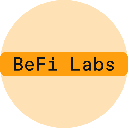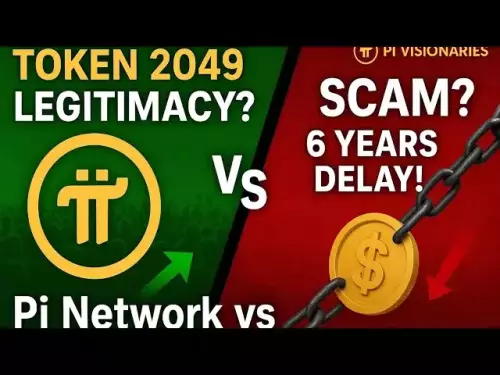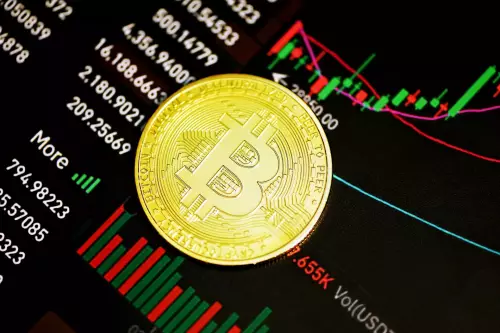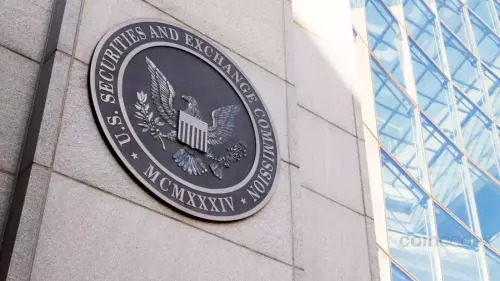 |
|
 |
|
 |
|
 |
|
 |
|
 |
|
 |
|
 |
|
 |
|
 |
|
 |
|
 |
|
 |
|
 |
|
 |
|
Cryptocurrency News Articles
SWIFT, Blockchain, and Global Banks: A New Era of Financial Messaging?
Sep 27, 2025 at 09:36 pm
Exploring how SWIFT's blockchain experiments and global bank collaborations are reshaping the future of interbank payments and digital asset transactions.

SWIFT, Blockchain, and Global Banks: A New Era of Financial Messaging?
The financial world is buzzing about the potential of blockchain to revolutionize traditional systems. SWIFT, the backbone of international money transfers, is diving headfirst into blockchain, collaborating with major banks. Is this the dawn of a new era for global finance?
SWIFT's Blockchain Experiment: A Game Changer?
SWIFT is testing on-chain messaging using Linea, an Ethereum layer-2 platform, with big players like BNP Paribas and BNY Mellon involved. Imagine sending money across borders as easily as sending an email – that's the promise here. It's not just about speed; it's about potentially creating a settlement token, kind of like a stablecoin, to move real value on-chain.
Why Blockchain? Speed, Cost, and Efficiency
Let's face it, SWIFT's current system, connecting over 11,000 financial institutions, can be slow and clunky. Blockchain offers the potential for faster, cheaper, and more transparent transactions. SWIFT wires can take days and cost a pretty penny. Stablecoins settle in seconds for mere pennies. The motivation is clear: cost and speed. SWIFT recognizes this, and is adapting for the future.
Stablecoins Take Center Stage
Stablecoins, once the boring side of crypto, are now attracting major attention. With a market size of $230 billion, they're becoming an integral part of the financial system. Even tech giants like Apple and Google are exploring stablecoin integrations. SWIFT's Ethereum tests signal that mainstream banking is serious about blockchain-based settlement.
Challenges and Opportunities
Of course, it's not all smooth sailing. Integrating blockchain involves costs, operational risks, and compliance hurdles. Legal recognition is crucial; settlement is a legal construct, not just a technical one. Standardized rules and regulatory clarity are essential for on-chain settlements to hold up in court.
The Future is Connected
SWIFT acknowledges that the future isn't about specific digital instruments but about connectivity between systems. The goal is to create a network that delivers value, regardless of the underlying technology.
Pi Network Integrates with Global Banks
Pi Network is also making strides by integrating with major global banks like KakaoBank, Chase, and HSBC. This move positions Pi as a bridge between digital assets and traditional banking, enhancing the accessibility of its network for everyday financial transactions. It is a growing acknowledgement that digital assets are here to stay.
My Take: A Cautiously Optimistic Outlook
While widespread blockchain adoption in interbank payments isn't guaranteed, SWIFT's efforts are a crucial step. The collaboration with global banks signals a willingness to adapt to emerging digital asset markets. The integration of Pi Network with major banks further validates the potential of digital currencies in mainstream finance. The key will be navigating the regulatory landscape and ensuring security and compliance. But the potential rewards – faster, cheaper, and more efficient global payments – are too significant to ignore.
So, keep an eye on this space. The financial world is changing, and SWIFT, along with other innovative platforms like Pi Network, are at the forefront. Who knows? Maybe one day, sending money across the world will be as easy as sending a text. That's a future I'm excited about!
Disclaimer:info@kdj.com
The information provided is not trading advice. kdj.com does not assume any responsibility for any investments made based on the information provided in this article. Cryptocurrencies are highly volatile and it is highly recommended that you invest with caution after thorough research!
If you believe that the content used on this website infringes your copyright, please contact us immediately (info@kdj.com) and we will delete it promptly.






























































